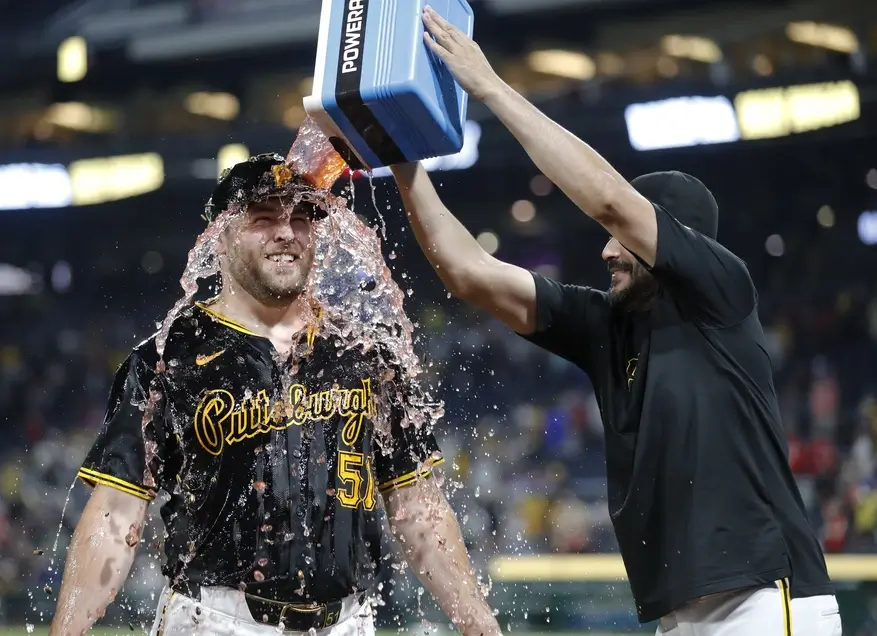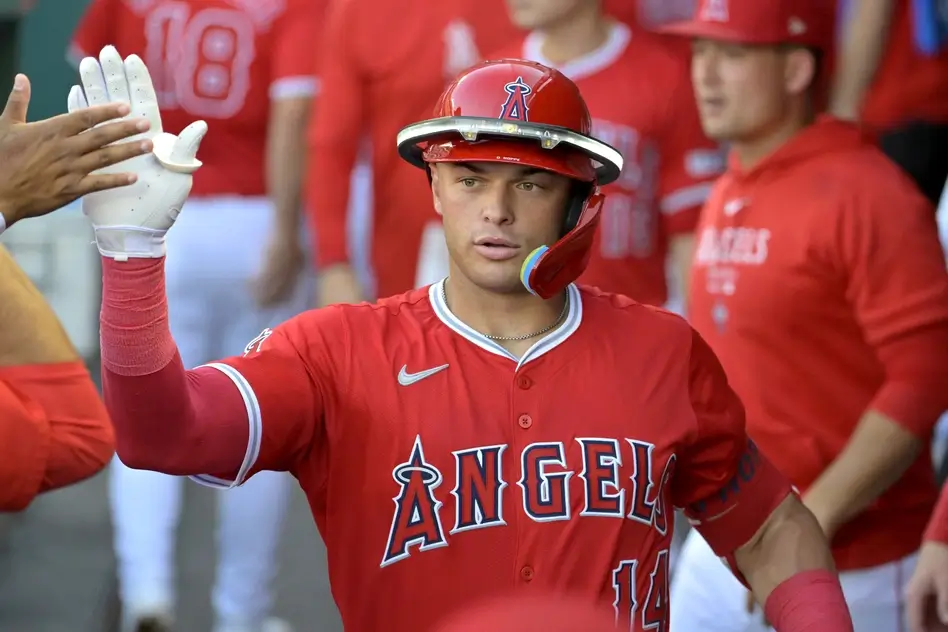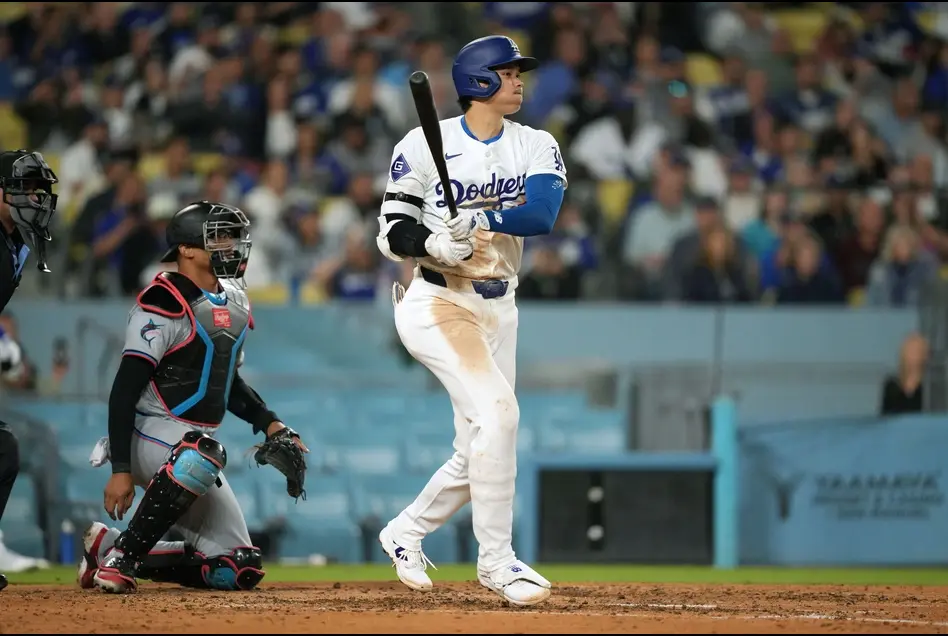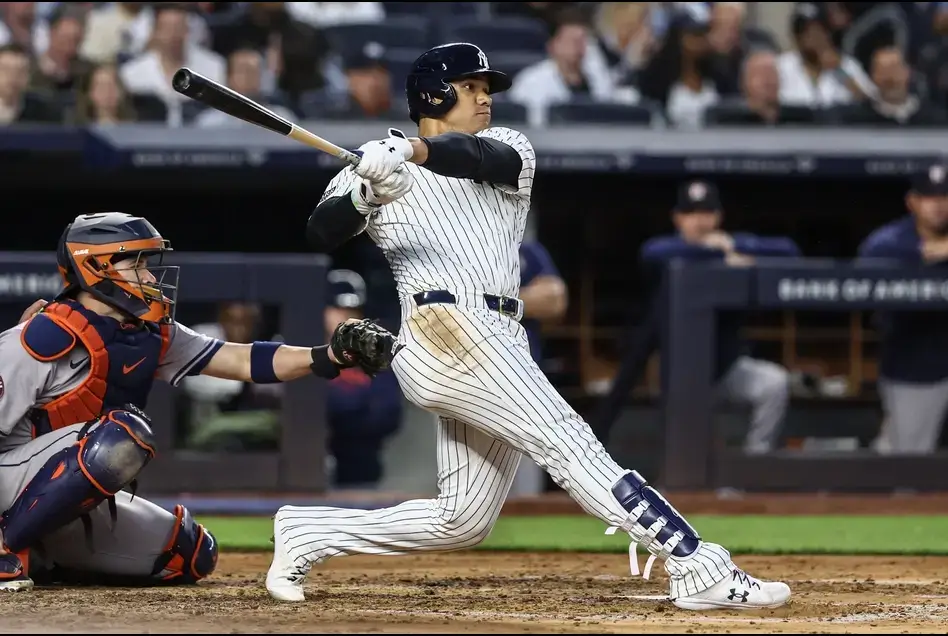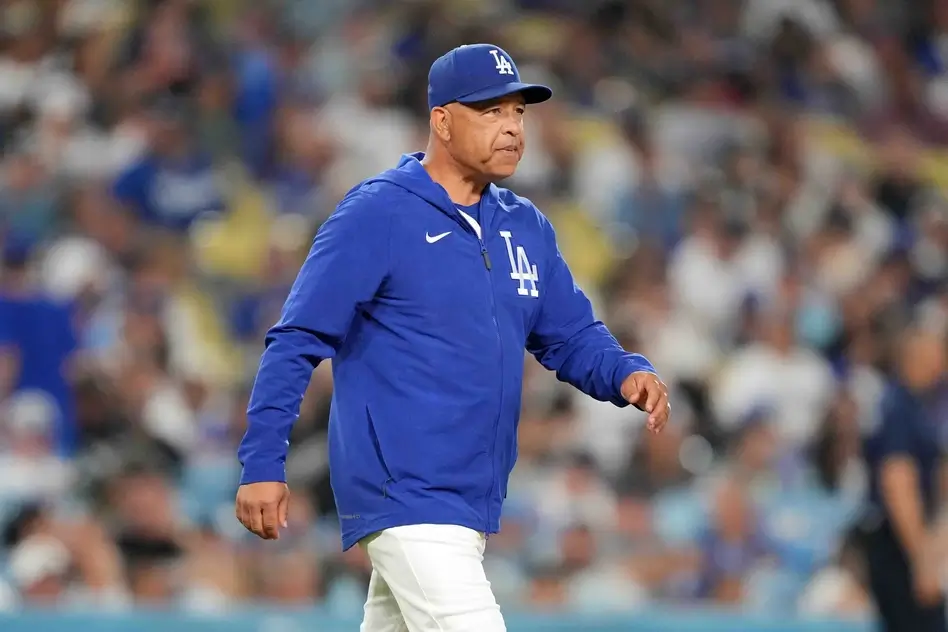The history of baseball is littered with fascinating tales. Some have become part of folklore, some have become, shall we say, overblown and have become myths that plenty still believe.
I intend to tell the story of baseball through my own favourite stories about our wonderful game.
I intend to start with the 1900s so apologies if you were hoping for a story of how Candy Cummings invented the curveball!
The Creation of the American League and World Series

For many years there was a monopolistic National League but come the turn of the century a new league was formed: The American League. The AL was originally called the Western League but was changed to the AL in 1900 and was officially founded as a major league in January 1901. Its first President was Ban Johnson.
The fans flocked to Johnson’s new league, drawing half a million more fans than their National League counterparts. The AL even started to tempt the NL’s best players to their league including second baseman Nap Lajoie who joined the Athletics, then based in Philadelphia, before moving to the Cleveland Naps (now Indians) where he spent 12 memorable years. As well as Lajoie an experienced pitcher by the name of Cy Young (you might have heard that name before!) joined the Boston Americans (now Red Sox) from the Cardinals.
In August 1903 the NL Champions Pittsburg Pirates (that was how Pittsburgh was then spelt) challenged the AL Champions the Boston Americans (later became the Red Sox) and it was agreed that there would be a 9 game series in October.
Ban Johnson gave Boston one injunction: “You must beat them!”
He got his wish as Boston won the last 4 games of the series to win 5-3.
World Series Cancellation
The National League were losing fans to the American League, they lost some of their best players to the new league and had lost the first official World Series. Were they bitter? You betcha!
This bitterness was best exemplified by the New York Giants, who won the first of many Pennants under their legendary manager John McGraw that year, their owner John Brush and McGraw as they refused to challenge the AL winners the Boston Americans.
Brush, funnily enough, then helped draw up rules for how a World Series should be played.
World Series Masterclass
Some baseball historians consider 1905 as the first official World Series between the Philadelphia Athletics of the AL and the New York Giants of the NL.
This series was won 4-1 by the Giants however it was the performance of their superstar pitcher Christy Mathewson that was the story of the Series.
http://gty.im/483579043
Impossible to think of for modern Baseball fans who know that starting pitchers tend to pitch once every 5 days, but not in this era. In this series Christy Mathewson threw 3 shutouts in the space of 6 days, allowing only 1 runner to 3rd base!
So a full 27 innings pitched without allowing a single run!
It could be argued this was the greatest individual performance in World Series history.
Technically, despite losing one of the games 3-0, none of those were earned and the A’s failed to score in the other 4 games so the Giants didn’t give up an earned run in the series!
The Chicago Cubs Dynasty
The Cubs in this 3-year period were consistently the best side in Baseball. Including an astonishing 116-36 record in 1906. This win record was matched in 2001 by the Mariners but the Cubs did it with a better win percentage, .748 to the Mariners’ .716.
However, they did not win the World Series this particular year as their crosstown rivals the White Sox won the Series 4-2 in a huge upset.
They went on to win it 1907 and 1908 however, beating Ty Cobb and the Detroit Tigers both times.
http://gty.im/529332703
Over this 3-year period the Cubs had a stunning regular season record of 322-136 with a win percentage of 70.31%.
This Cubs team also proved that you didn’t have to like each other to win. Three of the Cubs famed infield during this time, Frank Chance (1st Base), Johnny Evers (2nd Base) and Joe Tinker (Shortstop), the famed double play combination, did not like each other one bit nor did they much like anyone else either.
A good example of their mutual dislike of each other, Tinker did not speak to Evers for 2 seasons after a dispute over cab fare.
The Cubs did not win the World Series again until 2016 of course.
Bonehead Merkle
In 1908 the Chicago Cubs and the New York Giants were involved in a nip and tuck race for the NL Pennant and the Pittsburgh Pirates were never far behind either.
The Merkle in the title of this piece refers to a 19-year-old rookie first baseman by the name of Fred Merkle for the New York Giants.
He was a backup to regular first baseman Fred Tenney and on the morning of the aforementioned game Tenney woke up with lumbago so Merkle was to play first base in his place.
It was Merkle’s first ever start in the Majors.
I am going to take you to the inning of the famed incident. The score was tied 1-1 going into the bottom of the 9th so the Giants were at bat and there were runners on 1st (Merkle) and 3rd with 2 out. The Giants shortstop Al Bridwell came up to bat and swung on a first pitch fastball into CF and Moose McCormick ran home from 3rd to seemingly win the game for the Giants on a walkoff by 2-1.
This is when it got messy. Fans flooded onto the ballpark and Merkle seeing this went back to the dugout without ever touching 2nd.
The rule states that: “A run is not scored if the runner advances to home base during a play in which the 3rd out is made by any runner being forced out”.
However, in 1908, it was the usual practice of defensive teams to not appeal to an umpire for enforcement of this forceout rule on walkoff hits.
The Cubs 2nd baseman Johnny Evers saw that Merkle had not stepped on 2nd and shouted to centre fielder Solly Hofman who managed to retrieve the ball despite the field being full of fans and threw to Evers who stepped on 2nd.
http://gty.im/529319175
The umpires quickly consulted and one of them saw that Merkle did not touch 2nd so decided the run could not be allowed to stand.
There have been various accounts about what happened.
One claimed that Giants pitcher Joe McGinnity who was running the first base line for the game intercepted the ball (surmising correctly what Evers was going to try and do) and threw it in the field of fans and that the ball that was used for the out was a different ball altogether.
There was even one story that a fan was kicked down after catching the ball that McGinnity threw, by 2 Cubs players who threw to Tinker who threw to Evers who then preceded to jump up and down on 2nd to show the umpires what he had done.
Evers over the years told 2 different stories. In 1944 he said that McGinnity threw the ball away and Cubs pitcher Rube Kroh (who was not playing in the game) retrieved it from a fan and threw to Cubs shortstop Joe Tinker who threw to Evers for the out.
If this is true the play should have been called dead as it was touched by a player not in the game.
However in 1936 Evers claimed to have gotten the ball from Hofman.
Five years after the play, Merkle admitted that he had left the field without touching 2nd, but only after one of the umpires assured them that they had won the game.
Being unable to clear the fans off the field quickly enough the game was postponed due to darkness and 2 days later was declared a tie (yes a tie in an American sport!) at 1-1 by the League President Harry C. Pulliam.
You may be thinking that’s a curious tale but surely it didn’t make much difference in the grand scheme of things at the end of the season? Wrong.
At the end of the season the two teams were tied for first place at 98-55 with the Pirates ½ a game back at 98-56, so there had to be a 1 game playoff for the NL Pennant at the Polo Grounds, New York.
The Cubs won the game 4-2 and went on to beat the Detroit Tigers 4-1 in the World Series.
Fred Merkle as a result took on the unfortunate nickname of “Bonehead” after the incident but his manager John McGraw never blamed him for the incident.
Merkle went on to have a respectable career afterwards including (somewhat ironically) a 4 season stint with the Cubs.
He appeared in 5 World Series in his career for the Giants, Brooklyn Robins and Cubs but lost every one of them.
Despite a good career after the mistake he never managed to shake off the tag and unfortunately lived under the cloud passed his retirement in 1926 and up until his eventual death in 1956.



